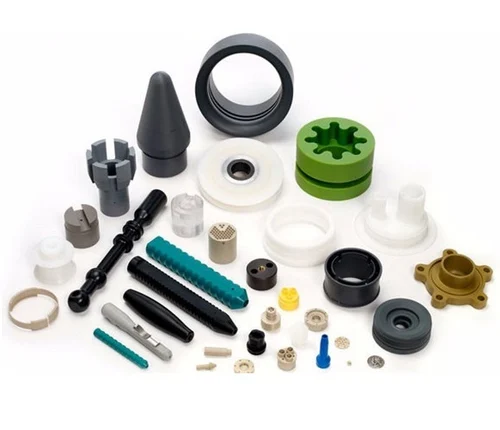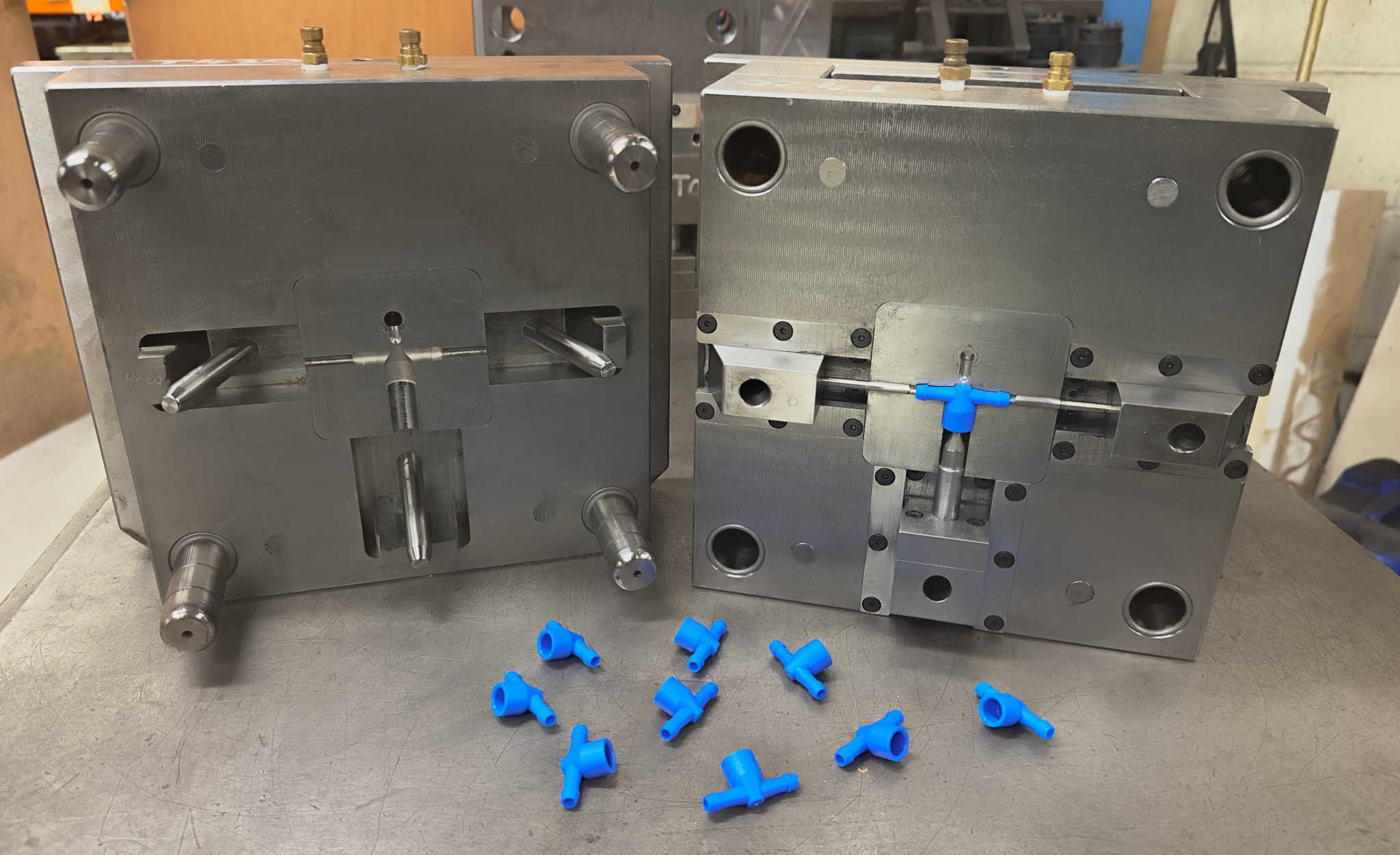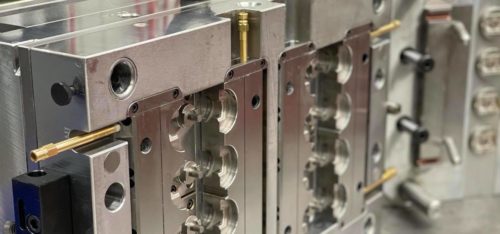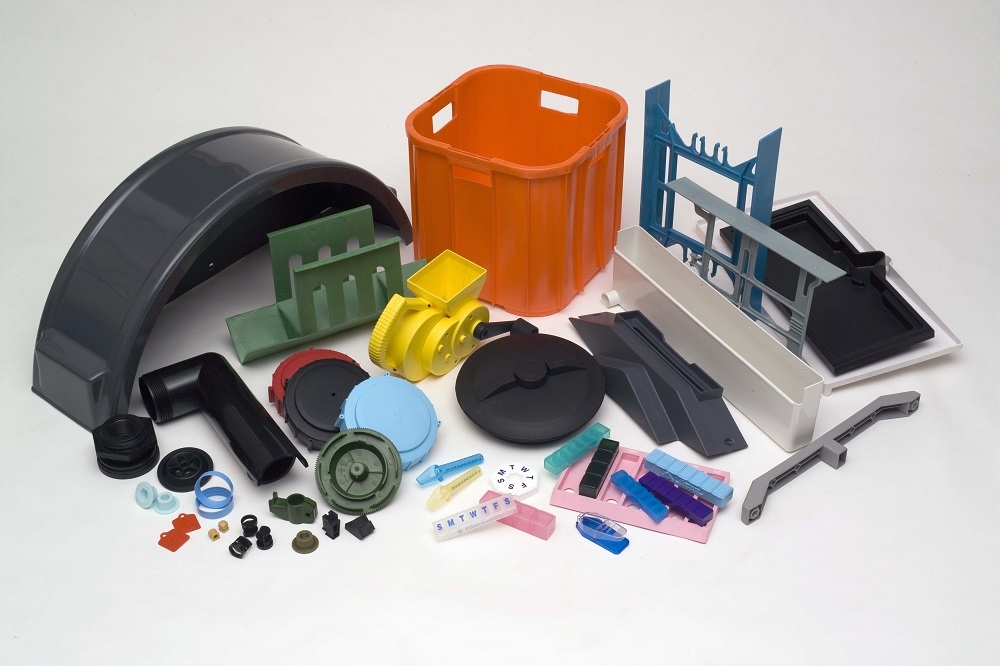

Injection moulding mold
Injection Moulding Mold: The Engine Behind High-Precision Plastic
Manufacturing
In today’s fast-paced manufacturing industry, injection moulding molds
are essential tools that enable the mass production of high-quality plastic
components. These molds serve as the backbone of the injection moulding
process, providing precision, efficiency, and repeatability across a range of
industries—from automotive and electronics to medical and consumer goods.
This blog explores what injection moulding molds are, their components,
key technical specifications, and what to consider when designing or sourcing
one. We’ll also answer frequently asked questions to help you gain a complete
understanding of this vital manufacturing element.
What Is an Injection Moulding Mold?
An injection moulding mold is a custom-engineered tool used in the
plastic injection moulding process. It shapes molten plastic into a final
product by forcing the material into a mold cavity, allowing it to cool and
solidify.
These molds are typically made from hardened steel or aluminum and are
designed to produce thousands to millions of identical parts with high
precision. The design and build of the mold significantly influence the final
product’s quality, production speed, and manufacturing cost.
Key Components of an Injection
Moulding Mold
An injection mould consists of several interconnected parts, each
performing a specific function during the molding cycle.
1. Core and Cavity
The cavity forms the external shape of the plastic part, while the
core shapes internal features. Together, they define the product’s
geometry.
2. Sprue, Runners, and Gates
These channels guide molten plastic from the injection nozzle to the mold
cavity. The sprue is the main entry, runners distribute the
material, and gates control its flow into each cavity.
3. Cooling System
Molds contain water channels or cooling circuits to manage the
temperature during production. Proper cooling ensures dimensional stability and
reduces cycle time.
4. Ejection System
Once the plastic has solidified, ejector pins, plates, or air
ejectors push the part out of the mold.
5. Ventilation
Air vents allow trapped gases to escape, preventing burn marks or short
shots on the molded parts.
Technical Specifications of an
Injection Moulding Mold
Choosing or designing a mold requires careful attention to its
specifications. Below is a table outlining typical features and their ranges:
|
Specification |
Details |
|
Mold Material |
Hardened Steel (P20, H13, S136), Aluminum (Prototypes) |
|
Mold Life |
100,000 to 1,000,000+ cycles |
|
Number of Cavities |
1, 2, 4, 8, 16, 32+ |
|
Dimensional Tolerances |
±0.01 mm to ±0.05 mm |
|
Surface Finishes |
SPI Grades (A1–D3), VDI, EDM, Mirror Polish |
|
Cooling System |
Conventional or Conformal Cooling |
|
Runner Systems |
Cold Runner, Hot Runner |
|
Gate Types |
Submarine, Edge, Pin, Valve Gate |
|
Ejection Mechanism |
Ejector Pins, Sleeves, Plates, Air Ejectors |
|
Software for Design |
SolidWorks, AutoCAD, NX, Moldflow, CATIA |
Types of Injection Moulding Molds
1. Prototype Molds
These are typically made from aluminum and used for short runs or product
testing. They are cost-effective and ideal for quick iterations.
2. Production Molds
Made from hardened steel, production molds are built for durability and
high-volume manufacturing.
3. Multi-Cavity Molds
These molds produce multiple parts per cycle, boosting efficiency and
reducing per-part costs.
4. Family Molds
Used to produce different parts from the same material in one mold—common
for assemblies like caps and containers.
Advantages of High-Quality Injection
Moulding Molds
- ✅ Precision and Repeatability: Consistent output across high
volumes.
- ✅ Faster Cycle Times: Optimized cooling and ejection systems
reduce downtime.
- ✅ Durability: Long-lasting molds reduce the need for frequent
replacements.
- ✅ Reduced Defects: Advanced gating, venting, and cooling help
prevent cosmetic and structural flaws.
Considerations When Choosing or
Designing a Mold
1. Part Complexity
Intricate parts may require special gating, multiple cavities, or
advanced cooling systems.
2. Material Selection
Different plastics behave differently under heat and pressure—your mold
must be designed to accommodate specific flow, shrinkage, and cooling
characteristics.
3. Production Volume
For short runs, consider aluminum molds; for long-term production,
hardened steel is more cost-effective over time.
4. Budget
Balance initial mold cost with lifecycle savings. A higher upfront
investment often pays off in reduced maintenance and higher output quality.
FAQs About Injection Moulding Molds
Q1: How long does it take to build an
injection moulding mold?
A: Typically, it takes 4–12 weeks depending on the complexity, size,
and number of cavities.
Q2: What is the typical lifespan of a
mold?
A: Aluminum prototype molds may last up to 100,000 cycles, while
steel production molds can exceed 1,000,000 cycles with proper
maintenance.
Q3: Can a mold produce more than one
part at a time?
A: Yes. Multi-cavity molds and family molds allow the
production of multiple parts in a single cycle, improving efficiency.
Q4: What affects the cost of an
injection moulding mold?
A: Key factors include mold material, number of cavities, complexity of the
part, and cooling or runner systems.
Q5: How do hot runner and cold runner
systems differ?
A: Hot runners keep the plastic molten within the runner system, reducing
waste. Cold runners allow the material to solidify, requiring trimming and
creating more scrap.
Conclusion
An injection moulding mold is not just a tool—it’s the foundation
of efficient, high-volume plastic part production. From mold design and
material selection to tooling and cooling, every detail contributes to product
success.
Whether you're launching a new product or scaling up production,
investing in a well-designed mold pays off in consistent quality, lower part
costs, and reliable lead times. Partnering with experienced mold designers and
manufacturers can help you achieve faster time-to-market and long-term
manufacturing efficiency.



